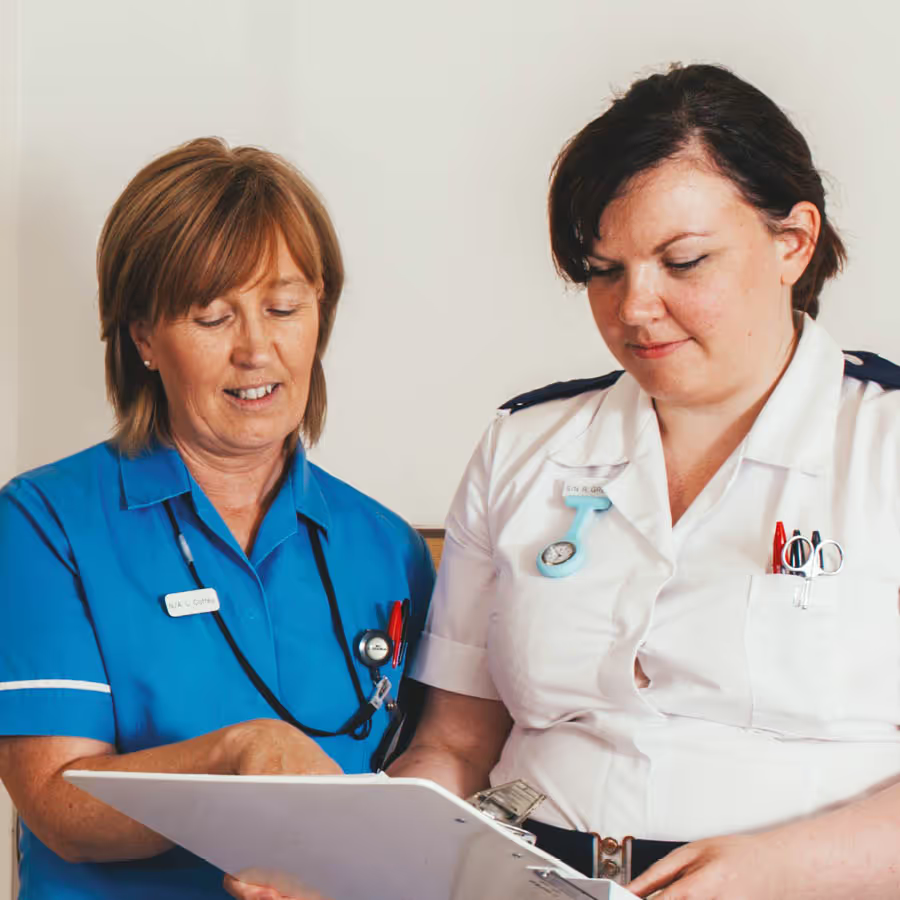Menu

Cardiac & Respiratory
Ambulatory Blood Pressure Monitoring (ABPM) records blood pressure over 24 hours during daily activities and sleep, offering a more accurate picture than single clinic readings to aid diagnosis, medication management, and treatment assessment.

Ambulatory Blood Pressure Monitoring (ABPM) is a valuable diagnostic tool that provides a comprehensive view of your blood pressure over a 24-hour period.
What Is ABPM?
Benefits of ABPM
Holistic View: ABPM provides a more accurate representation of your blood pressure patterns than a single clinic visit.
Avoids White Coat Effect: It helps avoid the “white coat” syndrome, where blood pressure rises due to anxiety during doctor visits.
Diagnosis and Medication Management: ABPM assists in diagnosing high blood pressure, identifying patients with elevated readings in clinics, and determining the need for blood pressure medication.
Control Assessment: It evaluates how well your blood pressure medications are working throughout the day and even during sleep.
How Is ABPM Performed?
Similar to regular blood pressure measurements, an electronic monitor inflates a cuff around your upper arm and gradually releases the pressure.
The monitor is fitted at the cardiac department – this appointment takes 15-20 minutes.
Readings are taken at regular intervals (every 30 minutes during the day and 60 minutes at night).
You’ll wear the monitor throughout the night, and it will store all your readings for analysis.
Tips During Monitoring:
Ensure the tube connecting the monitor isn’t twisted or bent.
When the monitor alerts you for a reading keep your arm still and straight to allow an accurate reading.some text
You will not be able to shower for 24 hours (while wearing this monitor).

Have a query?
Why not check out our FAQ’s were you will find answers to many previously asked questions.

3
Lorem ipsum dolor sit amet, consectetur adipiscing elit, sed do eiusmod tempor incididunt ut labore et dolore magna aliqua.













